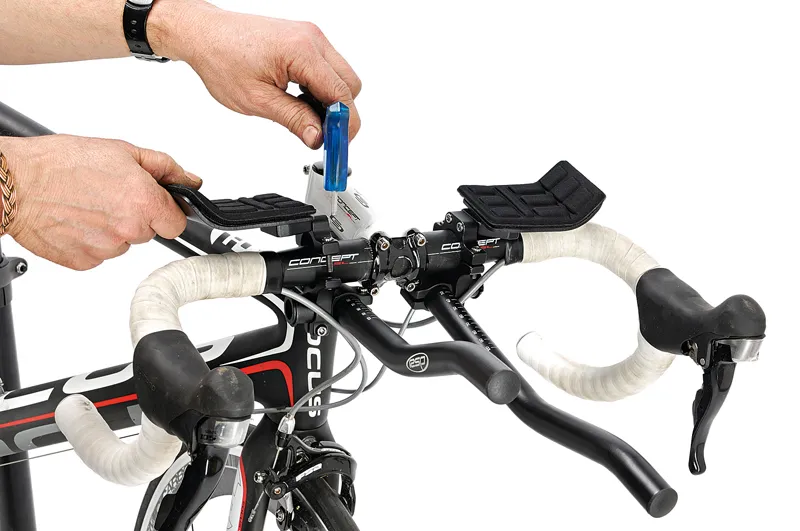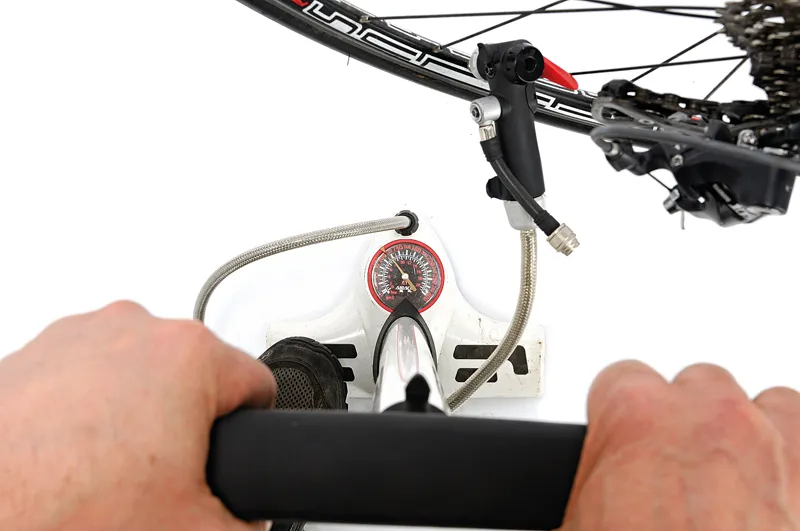Hoping to make an impression at your local club’s weekly 10-mile time trial? Or just want free speed? Then our 10 go-faster bike setup tips are just for you...
Tools required
- Multi-tool
- Allen keys
- Screwdriver
- Zip-ties
- Electrical tape
- Chain whip
- Lockring tool
- Spray lube
- Oil
- Rags
- Floor pump with gauge
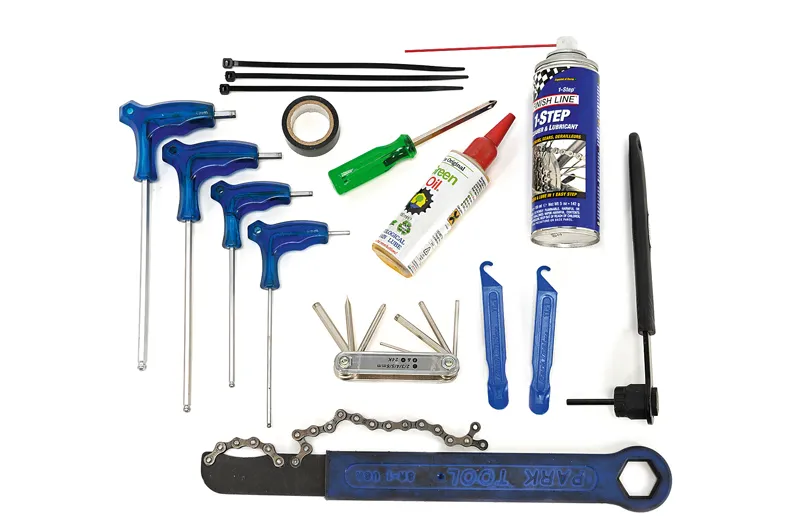
Tyre pressure
The first and most important step, as well as being one of the simplest, is to make sure your tyres are pumped up to a correct pressure. Generally, something around 100-120psi will make a considerable difference if you’ve been riding on 85psi without knowing it for the past few months.
If you're running tubulars you can go up to pressures as high as 200psi - depending on the tubular - without damaging the tyre. However this doesn't mean you'll be faster: rolling resistance will be higher because the tyre has no chance to deform. See Bicycle tires – puncturing the myths for more on this.
For mere mortals though, if you’re running heavier training and commuting clinchers, consider swapping them to something lighte along with some lightweight inner tubes.

Drivetrain efficiency
The psychological and physical drag caused by a noisy, dirty drivetrain will not only act as a distraction when you’re pushing hard but will cost you time as well. Remove dried out oil and gunk that’s clogging up your drivetrain by cleaning and lubing the chain, jockey wheels and derailleurs. Use a chain cleaning device, or spray and wipe one section at a time, then lubricate and wipe off any excess.
If you remove the jockey wheels, dropping the chain off the rings will make it easier to unscrew the small bolts, usually with a 3mm Allen key. To make sure they spin freely, disassemble and clean the bushing and sleeve, then reassemble with a few drops of medium to heavy oil.
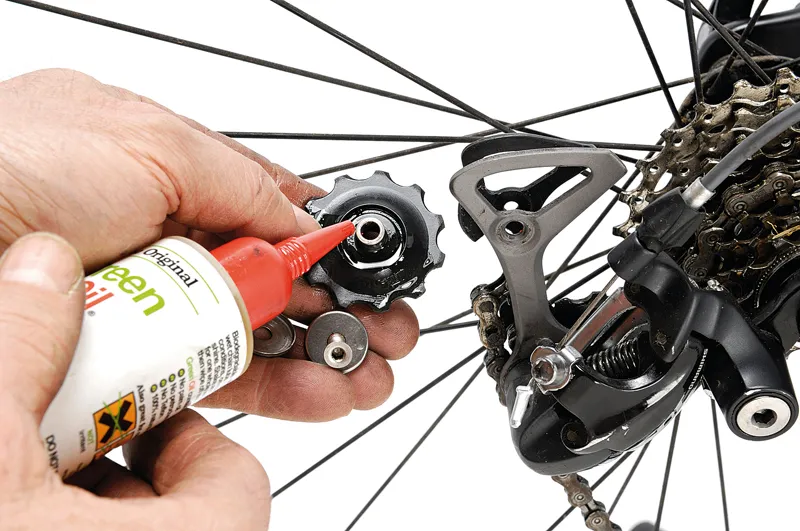
More aero wheels
If you’ve got extra cash to play with, why not invest in a set of special ‘Sunday best’ wheels, specifically something a bit more aero with a low spoke count if you want to ride time trials. You’ll definitely feel an improvement as they scythe through the wind, and this should translate into a faster time.
Set them up correctly, making sure your gears and brakes work correctly with the new wheels. Check the brake pad height and position relative to the rim edge and tyre, so as not to damage your tyre sidewalls.

Get a clip-on
For a dramatic improvement, try some entry level clip-on bars. They’ll give you a considerable aerodynamic advantage by closing down your chest and arms and reducing your frontal area.
Position them so you don’t have to alter your normal saddle position when in the drops on your regular racing bar. Ensure all screw and bolt threads are greased. Use a carbon assembly paste between the bars and the clip-on clamps to avoid any slippage under severe effort, or to risk over-tightening the clamp screws as well. Set arm rests and extensions so your forearms rest about a third of the way up from the elbow, with your upper arms at 75 to 90 degrees.

Tape it tidy
Have a look around the cockpit and see if you can tidy things up. Tape up any loose bits of handlebar tape with a couple of wraps of electrical tape, and tuck in and ziptie protruding cables, checking that they don’t snag, hang up, or prevent safe handlebar movement. Recheck for correct gear and brake adjustment, as these can be affected by altered cable routing.
Make sure the arm rests are correctly positioned and adequately tightened, and use the Velcro-attachable armpads, as comfort is important and sore elbows or forearms can be a distraction when you’re already experiencing intense self-inflicted pain. Pay attention to your saddle nose: it might need to be dropped down if you experience discomfort when in your clip-ons.

Close-ratio block
Like a close-ratio gearbox on a car, nothing is more satisfying than the narrow gaps on a straight-block cassette. Because you’ll find yourself settling into an ideal rhythm for your leg speed, altering this groove costs energy and time. Having the smallest gap possible between gears means you’ll always be in the ideal spot on your power curve.
So, any cassette with a one-tooth difference between 14t and 19t is ideal, as you’ll find the 16t and 18t essential. If you're climbing lots of hills you will need low enough gear ratios to manage the gradients.
Position the handles of the chain whip and lockring tool so they can be squeezed using the ‘scissors’ method as shown. Install the new cassette and lockring with grease and tighten firmly.
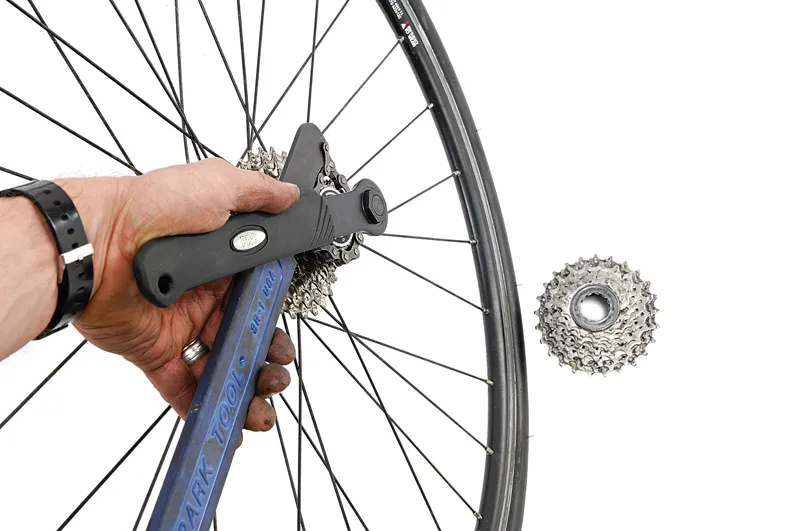
Lose weight
Because every little bit of extra weight has to be relaunched after every turn, and carried up every hill and bump along the course, go on a diet by trying to get your bike’s weight down as much as possible.
For shorter events of less than 10 miles (or about half an hour), it could be worth removing your bottle and cage. Consider how many miles you’ve got to ride, and the temperature on the day – however don’t forget that if it’s really hot and dry, you’ll lose more time suffering with glue mouth and a dry throat.
Remove all other unnecessary bits like mudguards, pumps, lights, reflectors and saddle bags, then clean and polish any marks and old adhesive. Make your bike shine and look attractive and it will make you go faster!
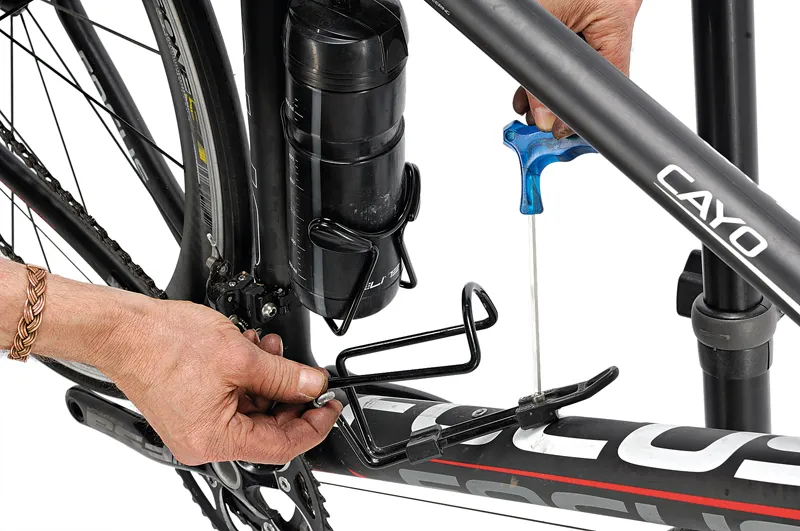
Data monitoring
Install a computer or heart rate monitor to see how fast you’re going or how much you’re hurting! Make sure you’ve got some space on the handlebar, and if not, remove any unnecessary items like bells, lights or reflectors.
If you’ve installed clip-ons and there’s no space left, consider one of the small add-on attachments that will then allow you to add the desired accessory. Profile Design’s universal computer mount does the trick.
When placing the magnet on your wheel, first find its heaviest spot by allowing it to come to rest naturally at the bottom of a revolution; this will usually be at the valve stem. Then install the wheel magnet on the opposite side as a counterbalance, for smoother wheel rotation at speed.
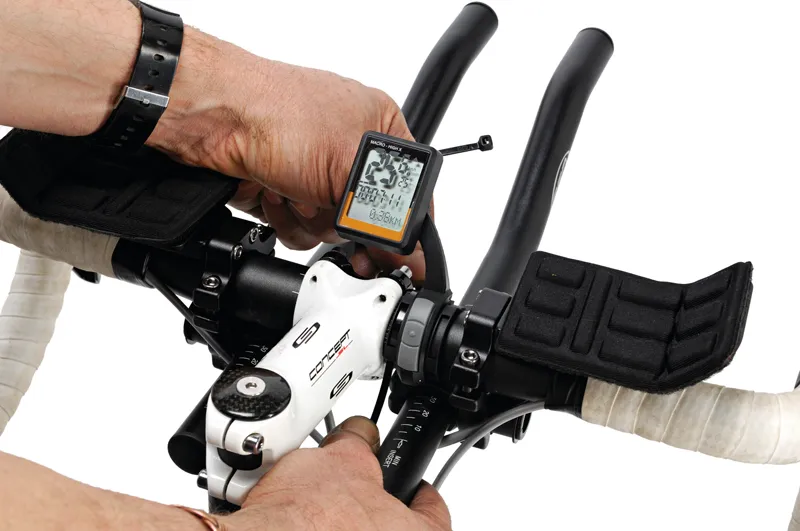
Disaster avoidance
Prevent the embarrassment of yanking your rear wheel out of the frame or twisting your bar and falling over coming out of the starting gate. If your bike came equipped with cheap quick-release skewers that use a nylon cam bushing (the top skewer in the photo below), consider replacing them with proper all-metal versions from Campagnolo or Shimano, for example.
To ensure correct tightness, the lever should begin binding mid-way through its half-circle of travel, so that the remaining quarter turn requires a fair bit of force to complete.
Check all remaining nuts and bolts on the bike, especially the bars and stem, including the following: crank arm bolts, cable anchor bolts, pedals and saddle.
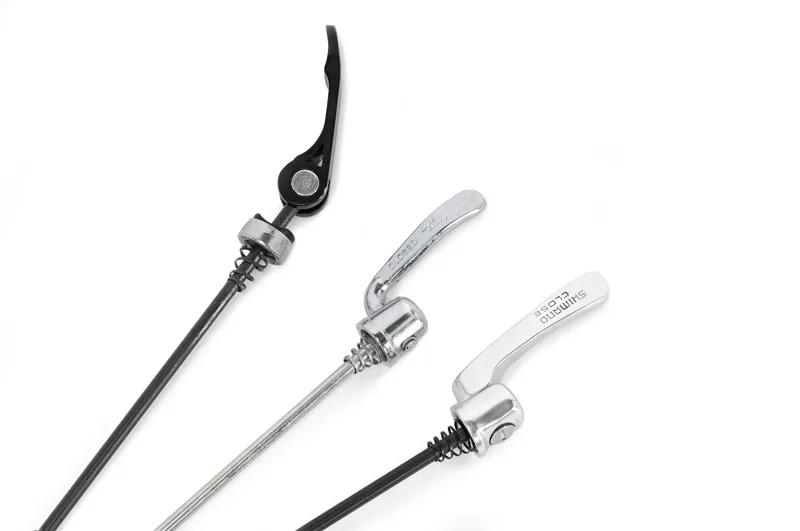
Streamline
Clean up your aerodynamics and streamline yourself and your bike where possible. With their ever more elaborate construction, a good place to start are your shoes. Get some wet weather shoe covers, or even simple thinner Lycra ones.
If your budget permits, an aero helmet or a one-piece skinsuit are relatively low-cost options that will have a significant effect on your times as well.

